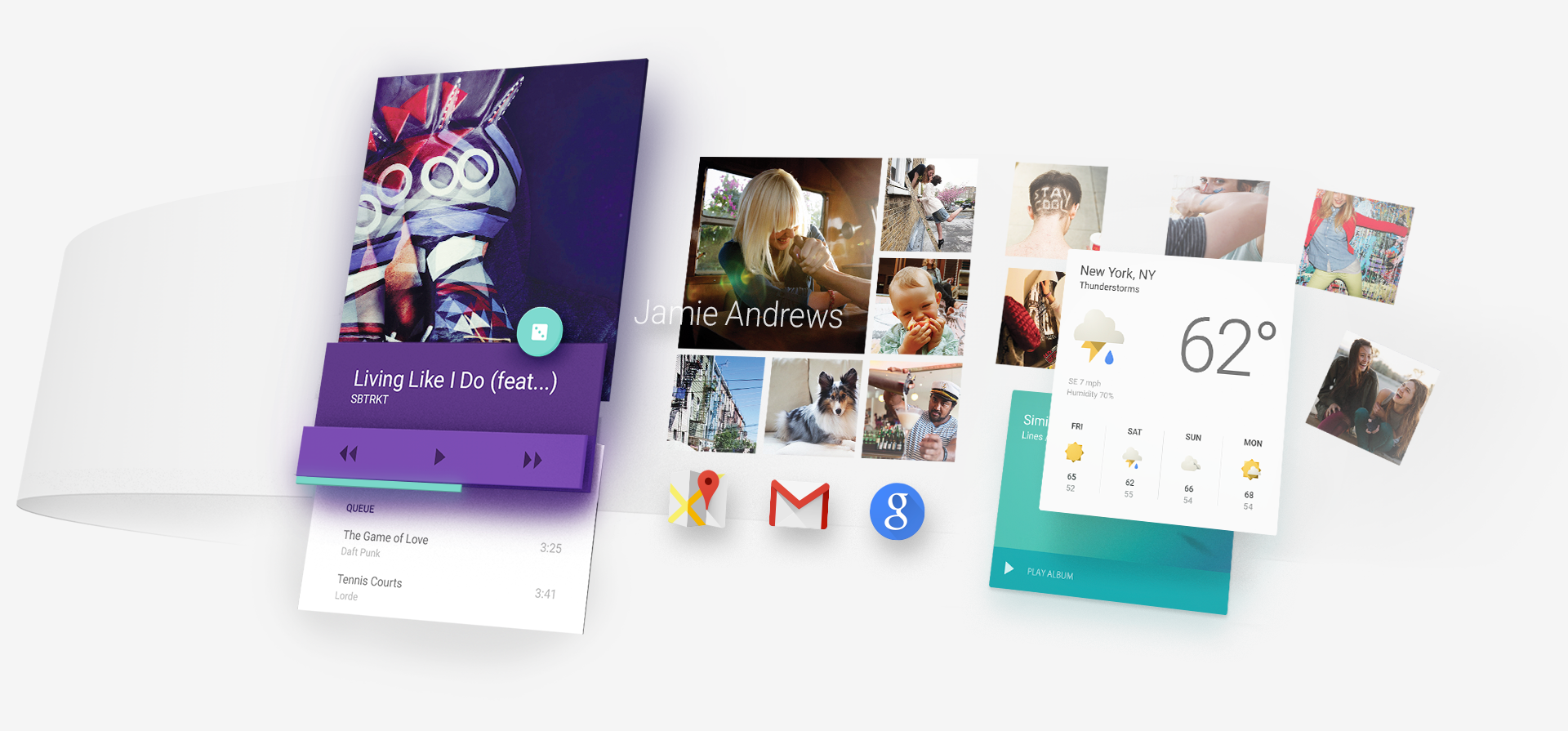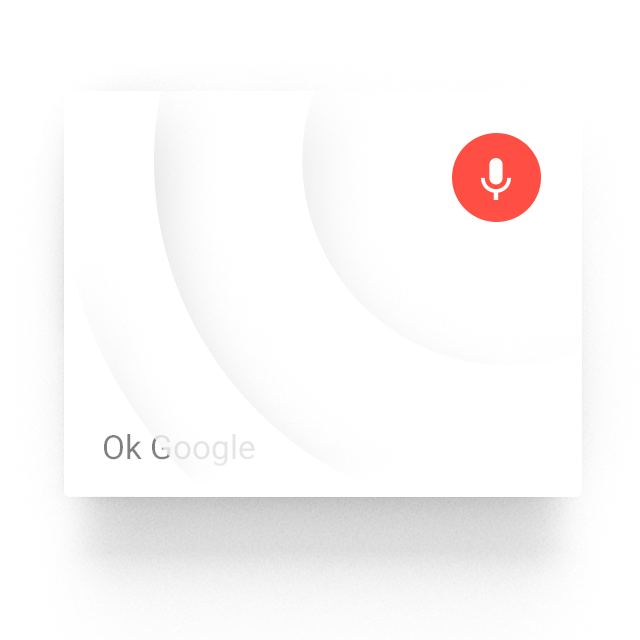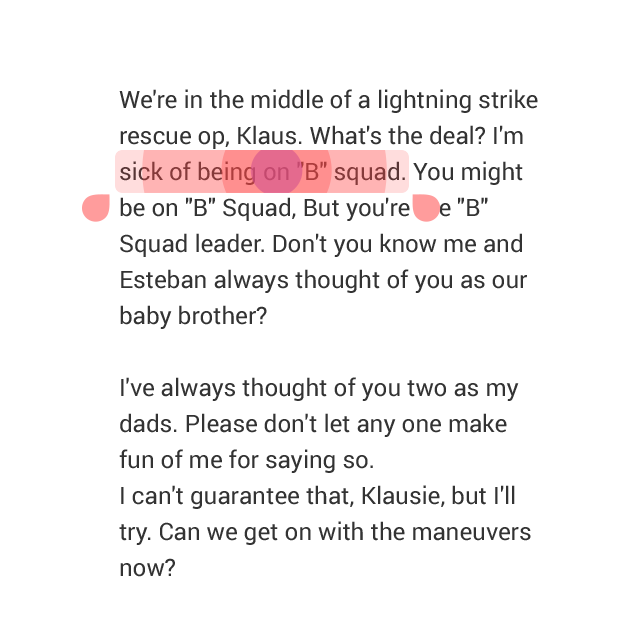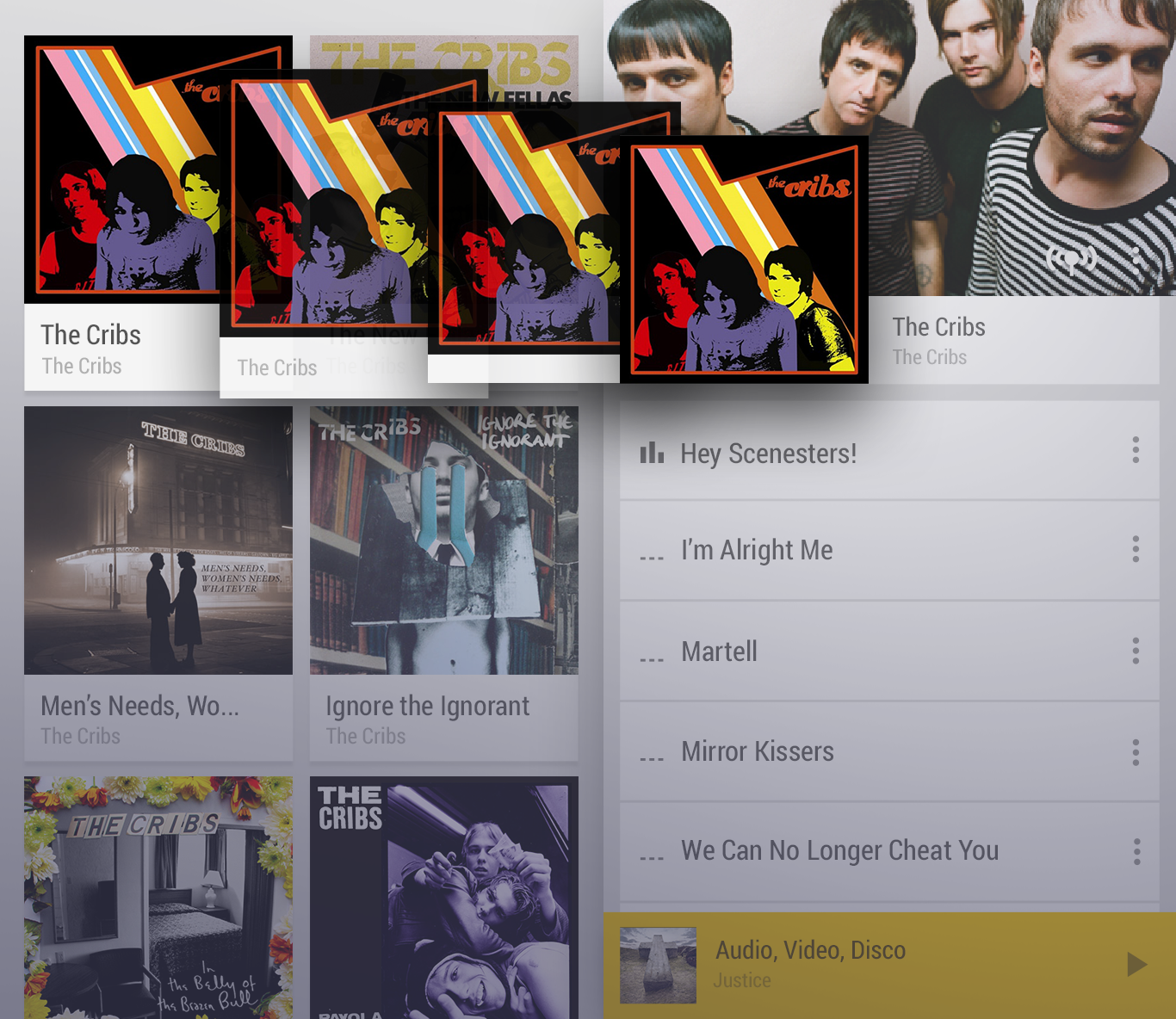Quantum Principles

Make it High Definition

Something Familiar
Everyone knows what paper feels like and how it moves. Paper can be cut, folded , bent and crumpled up. Leveraging these common methods of manipulation offers a more intuitive experience. Knowing what to expect helps tell the story of how things exist and behave.
Lights & Shadows
Light and shadow define form and help us understand spatial relationships. Incorporating a realistic lighting and shadow model offers new tools to create meaningful compositions and motion.
Celebrate Touch

Gravitation towards the user
Elements instantly respond, even if it takes a while to load. They anticipate intentions to expose progress, activity, or state change.

Anticipate Contact
Controls are attracted and connected to touch to make the user feel physically engaged.

React
Reactions visually communicate to the user by describing bounds and selection.
Simplify with Choreography

Work together As One
In movement, objects should flow in a single direction with speed and precision. Reusing an existing element grounds the action and acts as a constant in change.
Focus & Direct Attention

Gravitation, Mass & Importance
Objects tend to be attracted to one another. When an object is considered to have high mass, lower mass objects tend to follow it. Mass isn't always just about weight, it's about primary focus. It establishes a primary, secondary, and tertiary hierarchy.
Delight me in surprising ways
Bring Joy & Excitement
A beautiful surface combined with a carefully-placed animation and a well-timed sound effect, is a joy to experience. Subtle effects contribute to a feeling of effortlessness and a sense that a powerful force is at hand.